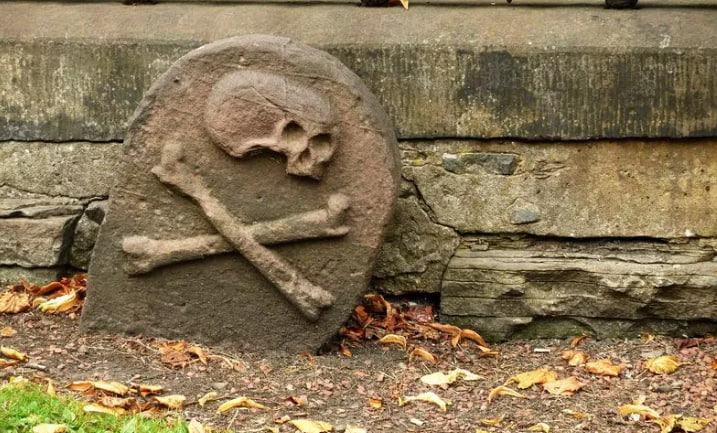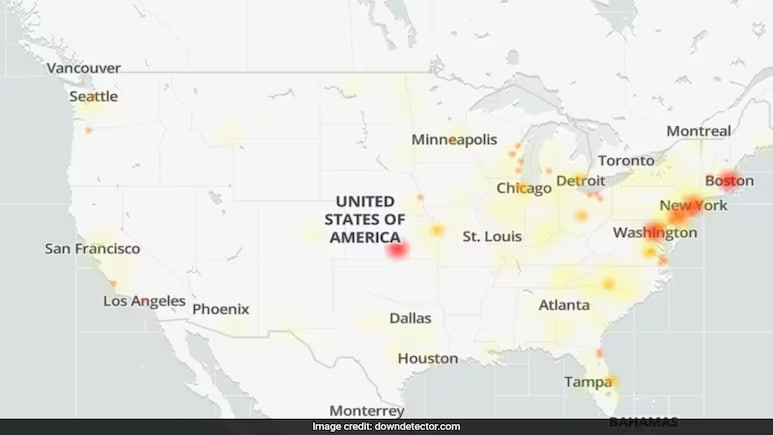The term “bubonic plague” often evokes images of medieval Europe and the devastating Black Death that wiped out a significant portion of the population in the 14th century. However, despite advancements in medicine and public health, the bubonic plague is not merely a relic of the past; it still exists today, including in the United States. Understanding the signs and symptoms of the bubonic plague is crucial for timely diagnosis and treatment.
What Is the Bubonic Plague?
The bubonic plague is caused by the bacterium *Yersinia pestis*, which primarily affects rodents but can be transmitted to humans through the bites of infected fleas. It can also be contracted through direct contact with infected animals or through respiratory droplets from an infected person. While rare in modern times, cases still occur, particularly in rural areas and among wildlife.
Signs and Symptoms of Bubonic Plague
Recognizing the symptoms of bubonic plague is essential for early treatment, which can be life-saving. Here are the key signs and symptoms to look out for:
1. Sudden Onset of Fever and Chills
One of the earliest and most common symptoms of bubonic plague is a sudden high fever, often accompanied by chills. This rapid onset of fever is a signal that the body is fighting a serious infection.
2. Headache
Intense headaches are another common symptom. These headaches can be severe and debilitating, often accompanied by general malaise and weakness.
3. Swollen and Painful Lymph Nodes (Buboes)
The hallmark of bubonic plague is the appearance of buboes—swollen, painful lymph nodes that can reach the size of an egg. Buboes typically appear in the groin, armpit, or neck, and are a key indicator of the disease. The skin over the buboes may turn red and feel warm to the touch.
4. Muscle Aches and Fatigue
People infected with the plague often experience severe muscle aches and overwhelming fatigue. This is due to the body’s intense response to the infection.
5. Gastrointestinal Symptoms
Nausea, vomiting, and abdominal pain can also occur, adding to the overall discomfort and severity of the illness.
6. Septicemia and Other Complications
If left untreated, the infection can spread to the bloodstream (septicemic plague) or lungs (pneumonic plague), leading to severe complications. Symptoms of septicemic plague include extreme weakness, abdominal pain, shock, and bleeding into the skin and other organs. Pneumonic plague, which affects the lungs, can cause chest pain, cough, and difficulty breathing.
How to Spot a Person with Bubonic Plague
Given the severity of the symptoms, a person with bubonic plague will likely appear very ill. Here are some key indicators:
1. **Rapid Health Deterioration**: Sudden high fever and weakness should raise immediate concern.
2. **Visible Buboes**: Look for swollen lymph nodes, particularly in the groin, armpits, or neck.
3. **General Appearance**: The person may appear extremely fatigued, with flushed or reddened skin, especially over swollen areas.
4. **Behavioral Changes**: Due to severe headaches and muscle pain, the person may be visibly uncomfortable and in distress.
What to Do if You Suspect Bubonic Plague
If you suspect someone has bubonic plague, it is crucial to seek medical attention immediately. Early treatment with antibiotics such as streptomycin, gentamicin, doxycycline, or ciprofloxacin is highly effective and can prevent severe complications and death. Here are steps to take:
1. **Contact Health Authorities**: Notify local health authorities to report the case and seek guidance.
2. **Limit Exposure**: Avoid direct contact with the infected person and wear protective clothing if necessary.
3. **Seek Emergency Medical Care**: Transport the person to a hospital or healthcare facility as quickly as possible.
Preventing Bubonic Plague
Prevention is key to controlling the spread of bubonic plague. Here are some measures to take:
- Reduce Rodent Habitats: Keep homes and surroundings clean to deter rodents.
- Flea Control: Use flea control products on pets and regularly check for fleas.
- Protective Measures: Wear gloves when handling potentially infected animals and avoid close contact with sick individuals.
While the bubonic plague may seem like a disease of the past, it remains a present-day reality in certain regions, including parts of the United States. By recognizing the signs and symptoms and understanding how to respond, we can effectively manage and prevent the spread of this ancient, yet still dangerous, illness. Stay informed, stay prepared, and always seek prompt medical attention if bubonic plague is suspected.






